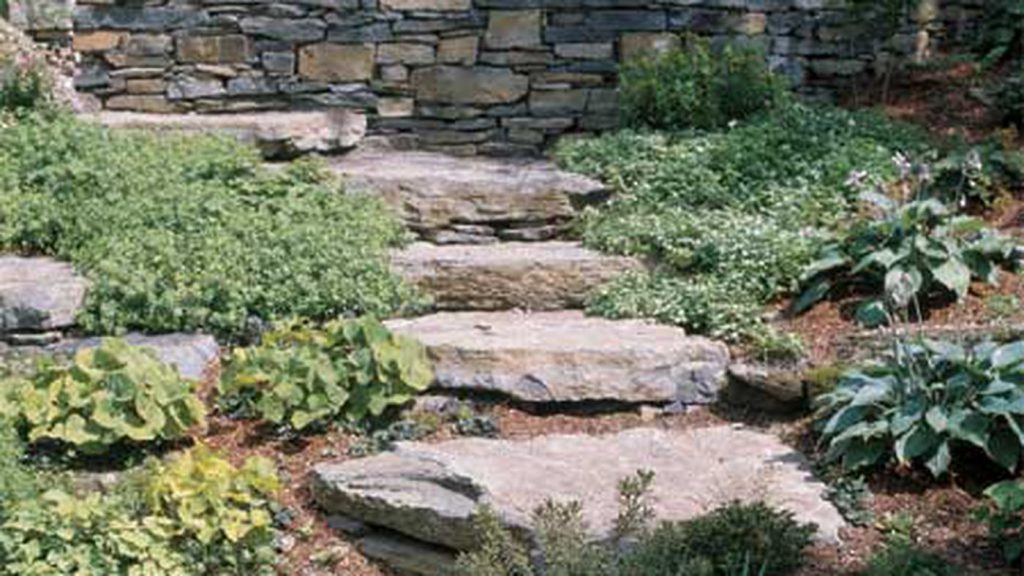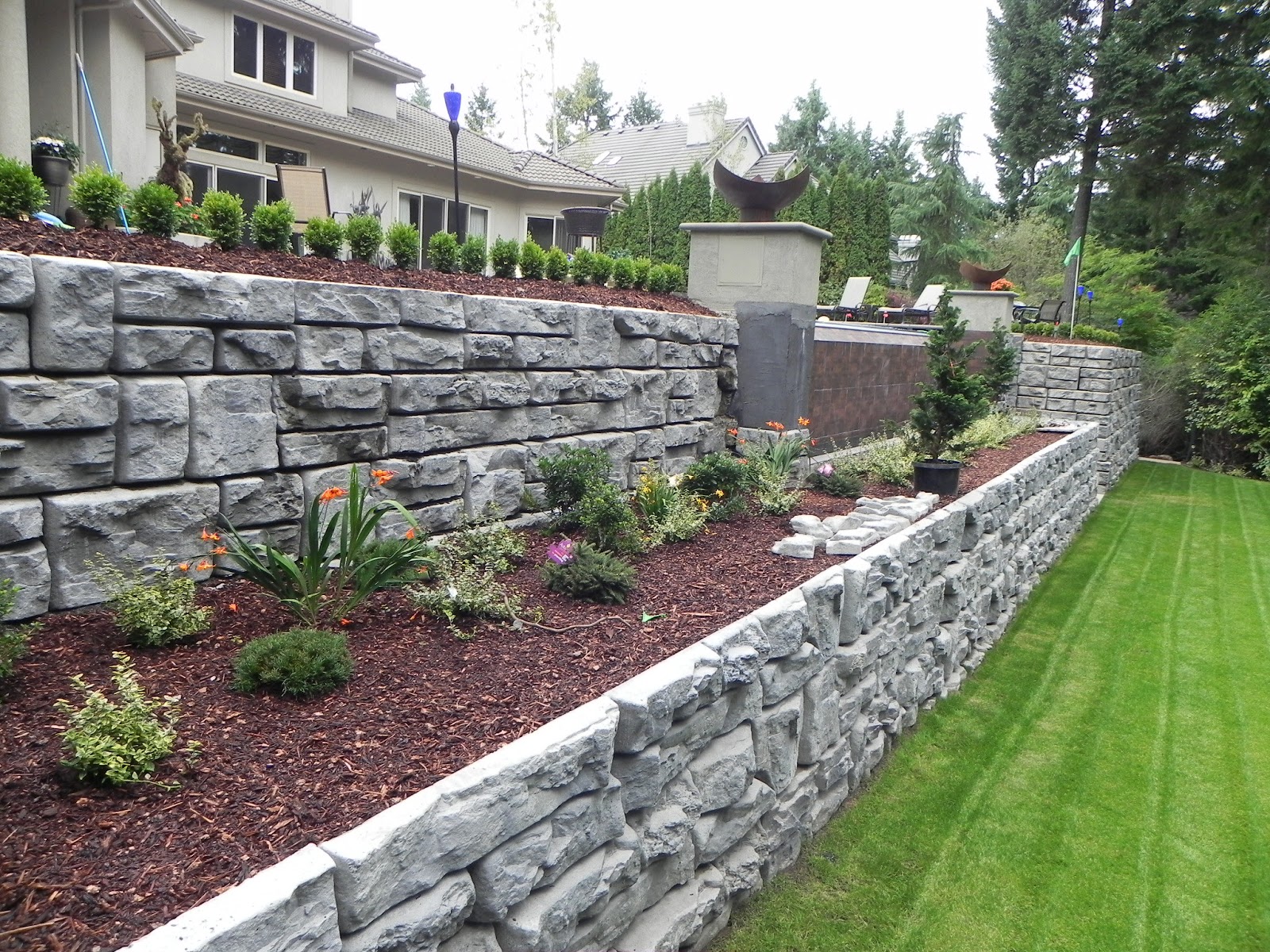Retaining walls are necessary to retain soil in place. A retaining wall is a frame with the main intention of keeping dirt set up for later use. Retaining walls may be constructed for any purpose, whether it is to act as a road mark, a mark for utilities, or a storage centre. In many cases, retaining walls are utilized as the primary structure and then used as extra modules if the key structure is no more desired. The modules are typically built with concrete walls to ensure the strongest foundation possible, while enabling expansion or contraction due to weather conditions.
Retaining Walls On Sloping Ground

Retaining walls may also be constructed to direct the movement of water. This can be done in residential buildings when there is a tendency for ground water to pool around the basis of the construction. The walls are normally built on a sloping ground but can also be constructed on flat land. Retaining walls are most commonly constructed using reinforced concrete but additional materials such as stone or polyethylene may be used.
Retaining Walls On Sloping Ground
If your building requires a retaining wall, then there are several different substances to take into account including concrete, rock, and various composite materials. The concrete used for building is the cheapest option but can deteriorate over time. Stone walls can also be constructed to withstand any unwanted impacts of the weather. A retaining wall is an excellent investment, since they can protect the foundation, reduce erosion, and prevent structural damage.
Retaining Walls On Sloping Ground
Concrete walls are the easiest to build. They consist of a number of steel reinforcement rods connected by corner reinforcements. These are then set in a ground location. There are many benefits to using concrete in walls. First of all, concrete is very economical since it’s easily accessible.
Retaining Walls On Sloping Ground
Secondly, it is easily installable. If your preferred height, width, and materials can be found, it can be professionally installed. Ultimately, these walls are extremely powerful, durable, and resilient. They are often used to surround swimming pools, cemeteries, and other public areas such as parks and schools.
Stone walls are made from recycled and crushed granite. These walls are commonly utilized in homes or commercial buildings where appearance is crucial. The cement used in those walls are crushed and refined to form various shapes. Each individual stone is unique and provides beauty to the total design.
Another popular material used for retaining walls is polyethylene. It is a lightweight, durable, and economical substance. Polyethylene is available in rolls and cut into any size and shape. It’s used to fortify and support structures that can’t be reinforced with steel or concrete.
If you make the decision to build a retaining wall, then it’s important to pick the ideal material for the structure. You should first ascertain the budget that you have available for the project. Then, choose the building materials which best meet your needs.
Retaining walls are often constructed using cementitious material. Concrete is the most common substance used because it is a great, affordable way to fortify walls. The concrete is poured into the appropriate places where it will be rooted. After it dries and hardens, it may then be attached to the supporting frames on the exterior of this construction.
Wood is another option for walls which need additional support. Wood is a natural product which offers natural beauty. But, it does not provide as much strength or durability as concrete. Wooden walls can be painted and stained to make them attractive and appealing to the eye. These types of walls are less expensive than concrete and steel ones.
A favorite choice is steel and concrete. This sort of wall is favored since it can withstand extreme weather conditions. These walls could be built in almost any location and are cost effective. If a structure is too tall, then the concrete could be constructed on the exterior, just to provide added height. Concrete is also used along with the wood material to make more appealing walls.
For the best results when employing retaining walls, the builder must choose the best type for the job. Materials that are too thin can be easily damaged. Businesses which specialize in constructing walls can advise homeowners about the best material to use to their undertaking. The price of those walls can vary based upon the business and the complexity of the task.
